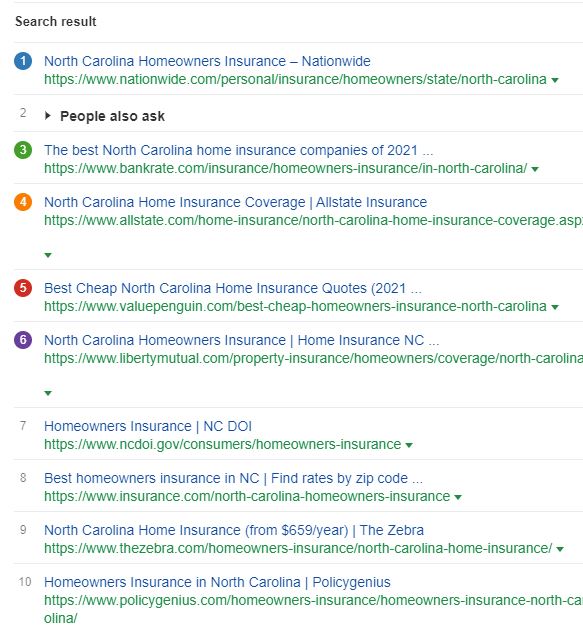
Many employers view health insurance as a critical component of their compensation. However, the cost of these benefits is on the rise for over a decade. These factors include rising deductibles and prescription drug costs, as well as the increasing cost of health system pricing. These trends are leading to rising premiums and lowering wages. Many employers are unhappy with rising costs and increasing administrative burdens. Some employers are searching for non-wage alternative jobs.
Employers are using more wearable devices for their wellness programs. A survey showed that nearly half of all employers store data about employees' wearable devices. While price increases are still the primary driver of health insurance, more employers are exploring new payment options to keep employees healthy.
According to the Congressional Budget Office (CBO), the number Americans who are covered by employer-sponsored health plans will remain the same 159million in ten year. That means health insurance will continue to be a tax-preferred alternative. However, the cost of single coverage in 2019 will be higher than 9.86% of household's income.

Premiums can be defined as the total cost of insurance. A quarter of American workers have a minimum $2000 deductible. A quarter of American workers have a deductible of at least $2,000. This is why many companies choose to self-insure their employees. When claims are low, the self-insured plan saves money. However, if the claim is higher than expected, the employer has to pay extra.
Small group rates are determined based on the employees' age. Massachusetts has a median annual income of $1186 for workers younger than 25 and an average annual income of $6,896 for those older.
Larger employers have greater control of plan coverage. Large employers often offer biometric screenings to employees. They offer a health and wellness program to encourage employees to see lower-cost doctors. Similarly, employers in the public sector can customize health care plans to meet their needs.
Employers with 51 to 100 employees will be moved by the Affordable Care Act into a merged marketplace for 2016 health insurance. These employers can expect premiums to rise by as much as 9 percent. State governments are also required to set a rate annually. The annual penalty for those who don't provide affordable plans is $3,480

Some small employers have to make additional contributions in order for workers to be covered under the ACA. Massachusetts's example is Massachusetts. Employers are expected to contribute $50/year per employee.
Despite these requirements however, there is still a decrease in the number of employers that offer health insurance. After a decade of rapid increases, many small employers are frustrated with the uncontrollable cost of benefits. These rates of health insurance aren't increasing for most employers but some are still struggling with employees to keep them.
The difficulty of keeping employees on board is growing as the unemployment rate continues to be low. Employers face this problem. Employers who don't provide health insurance for their employees will be subject to a $2,320 penalty per employee. You can also face thousands in fines if you fail to comply COBRA. This law requires employers offer ongoing health care to their employees.